Himachal Pradesh is a land of pristine natural beauty, with majestic snow-capped Himalayan peaks, gushing rivers, and lush green valleys.
However, this scenic state also boasts a rich history and cultural heritage, evident in the numerous forts that dot its landscape.
This impressive fortification, built by various rulers and dynasties over the centuries, stands as silent sentinels, bearing witness to the region’s tumultuous past. From the imposing Kangra Fort to the strategic Jwalaji Fort, each structure holds stories of bravery, conquest, and resilience.
Let us take a pictorial tour around these heritage sites!
List of Forts in Himachal Pradesh
Himachal Pradesh’s tapestry of history is woven with the stories of its numerous forts. Let’s embark on a journey to explore some of the most prominent ones:
1. Kangra Fort
History: Kangra Fort is the largest fort in the Himalayas. Often hailed as the “Gibraltar of the Himalayas,” Kangra Fort boasts a legacy dating back to the 4th century AD. Steeped in legend, the fort is said to have been built by the serpent king Shangal.
Over the centuries, it has witnessed countless battles changing hands between various rulers including the Katoch dynasty, Mughals, and Sikhs. The strategic location on the banks of the Beas River, a natural moat, and the formidable walls, some as high as 12 meters, made it nearly impregnable.
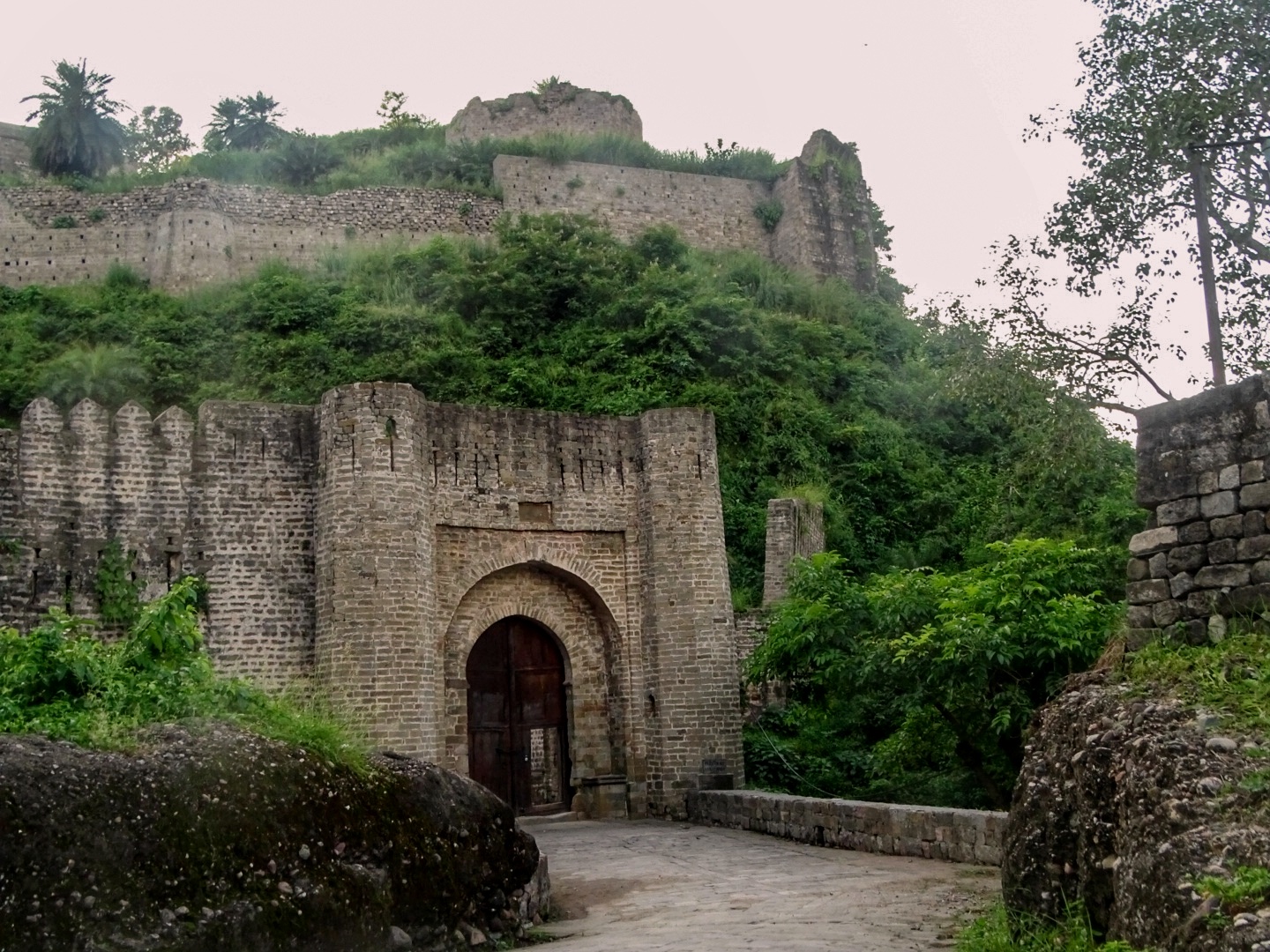
Kangra Fort is a true architectural marvel, showcasing a multi-layered defense system with bastions, gateways, and watchtowers. Inside the fort complex, you’ll find the renowned Kangra Devi Temple, dedicated to the goddess Durga, and the Maharaja School of Arts, known for its exquisite Kangra miniature paintings.
How to Reach: Kangra fort is located in Kangra, Himachal Pradesh. It is easily accessible by road from major Himachal Pradesh cities. From Dharamshala, it’s a scenic 31-kilometer drive, while Pathankot is approximately 20 kilometers away. The nearest railway station is Kangra Mandir, located around 2 kilometers from the fort. Taxis and auto-rickshaws are readily available for a short ride to the fort’s entrance.
2. Nurpur Fort
History: Built in the 16th century by Raja Basu of the Pathania clan, Nurpur Fort was originally known as Dhameri Fort. The fort’s name change came in the 17th century when Mughal emperor Jahangir, enchanted by the beauty of the place, renamed it after his beloved wife, Nur Jahan.
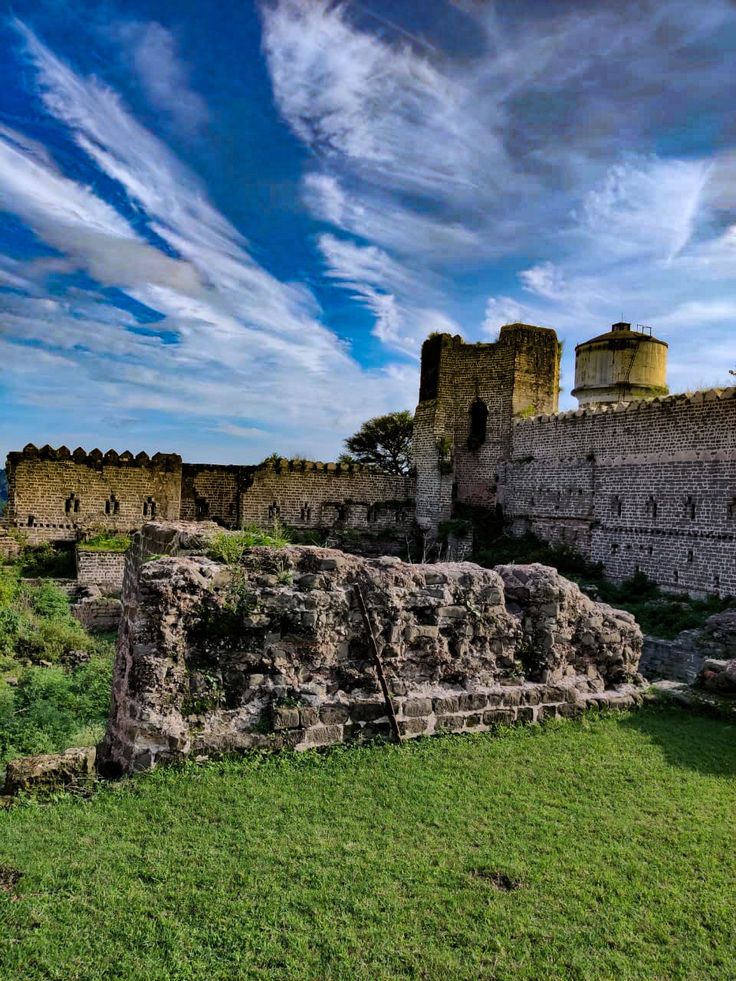
The fort’s architecture reflects this Mughal influence, blending seamlessly with the Rajput style. Nurpur Fort is a sprawling complex with intricate carvings, a testament to the skilled craftsmanship of the era.
Within the fort lies the revered Brij Raj Swami Temple, dedicated to Lord Krishna. The black stone idol of Lord Krishna, brought here from Rajasthan during the reign of Raja Jagat Singh, is a major draw for devotees.
How to Reach: Nurpur Fort is situated approximately 24 kilometers from Pathankot and 66 kilometers from Dharamshala in Nurpur, Himachal Pradesh. Both locations offer good connectivity by road. Taxis and buses are readily available for reaching the fort from either city. The journey itself is a treat, offering glimpses of the Kangra Valley’s verdant beauty.
3. Haripur Fort
History: Nestled amidst the majestic Dhauladhar ranges, Haripur Fort whispers tales of the Guler royal family who established it in the 14th century. Though partially in ruins today, the fort’s strategic location with the Banganga rivulet offering natural defense on three sides speaks volumes about its past importance.
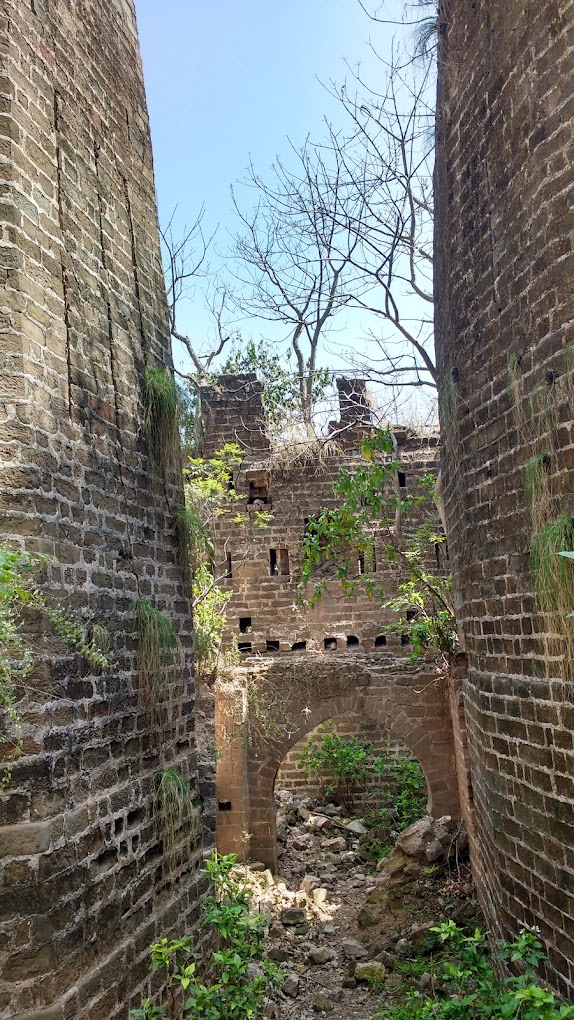
Historical accounts mention an exquisite palace adorned with intricate carvings and a renowned school of miniature paintings that flourished within the fort’s walls. This Guler school of painting is known for its vibrant colors, detailed storytelling, and focus on mythology and courtly life. Sadly, time and neglect have taken their toll on Haripur Fort. However, the remnants of its grandeur and the breathtaking views from the top continue to captivate visitors.
How to Reach: Haripur Fort is situated close to the Guler railway station in the Kangra district. The fort is visible from the station itself, adding a touch of history to your arrival. Taxis or auto-rickshaws can be hired to reach the fort from the station. The ride is a short one, offering a glimpse into the local life of the Guler village.
4. Sujanpur Fort
Location: Sujanpur Tira, Himachal Pradesh
History: Sujanpur Fort, also known as Bala Kot, was built by Raja Sansar Chand Katoch in the 17th century. The fort played a significant role in the Katoch dynasty’s reign. It served as a military stronghold and a royal residence for over a century. Sujanpur Fort boasts a strategic location on a hilltop, offering panoramic views of the surrounding Kangra Valley.
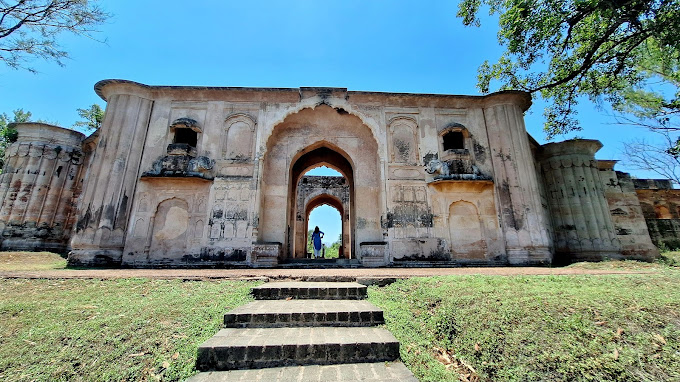
The architectural style reflects Rajput influences, with strong outer walls, bastions, and a main entrance gate. Within the fort complex, you’ll find the Gauri Shankar Temple, dedicated to Lord Shiva and Parvati. The temple is known for its intricate carvings and well-preserved murals depicting scenes from Hindu mythology.
How to Reach: Sujanpur Fort is situated in the town of Sujanpur Tira, easily accessible by road from major Himachal Pradesh cities. From Hamirpur, it’s a comfortable 22-kilometer drive, while Dharamshala is approximately 85 kilometers away. Regular bus services connect Sujanpur Tira to nearby towns, making it a convenient stop on your Himachal Pradesh itinerary. Taxis and auto-rickshaws are also readily available for hire within the town to reach the fort.
5. Bahadurpur Fort
Location: Near Tepra Village, Bilaspur district, Himachal Pradesh
History: Perched atop a strategic hillock at 1,980 meters, Bahadurpur Fort stands as a solitary sentinel amidst the deodar and ban forests. Built in the 17th century by Raja Keshab Sen of the Bilaspur state, the fort’s primary purpose was defense.
Bahadurpur Fort boasted a well-fortified structure with watchtowers and strong outer walls, offering a panoramic view of the surrounding landscape. Legends abound about the fort, with some suggesting hidden treasure chambers and secret escape routes. Today, the fort lies in ruins, yet its weathered stones whisper tales of a bygone era. Bahadurpur Fort is a haven for nature lovers, offering breathtaking views of the Naina Devi hills, the plains near Ropar, and even glimpses of the distant Shimla hills on a clear day.
How to Reach: Reaching Bahadurpur Fort requires a bit of adventure. It’s located near Tepra Village in the Bilaspur district, approximately 40 kilometers from the town of Bilaspur. From Bilaspur, you can hire a taxi or take a local bus to reach the village. The final leg of the journey involves a scenic trek through the forests, offering a chance to commune with nature.
6. Chamba Fort – Rang Mahal
Location: Chamba town, Himachal Pradesh
History: Nestled amidst the beauty of the Chamba Valley, Chamba Fort commands a majestic presence over the town below. Built in the 10th century AD by Raja Sahil Verma, the fort served as the seat of power for the erstwhile Chamba royal family for over nine centuries. Chamba Fort is a sprawling complex showcasing various architectural styles that reflect its long history. Within the fort complex, you’ll find the intricately carved Akhand Chandi Palace, numerous temples dedicated to Hindu deities, and armories that once housed weapons used in battles.
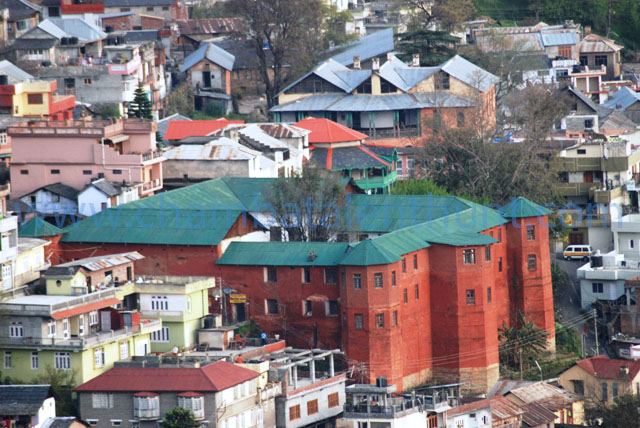
The fort’s strategic location on a hilltop provided natural defense and offered stunning views of the valley. Chamba Fort is not just a historical monument but also a cultural hub, hosting the annual Minjar Mela, a vibrant festival celebrating the region’s rich heritage.
How to Reach: Chamba Fort is conveniently located within Chamba town, making it easily accessible by road. The town is well-connected to major Himachal Pradesh cities like Dalhousie and Dharamshala. Regular bus services operate between these locations. Taxis and auto-rickshaws are readily available within Chamba town for a short ride up to the fort.
7. Kamru Fort
Location: Kamru village, Spiti Valley, Himachal Pradesh
History: Kamru Fort, shrouded in mystery and local legends, stands tall in the remote Spiti Valley. The exact date of construction remains unknown, though some believe it dates back to the 10th or 11th century AD. The fort’s architecture is simple yet effective, with thick stone walls and strategically placed watchtowers.
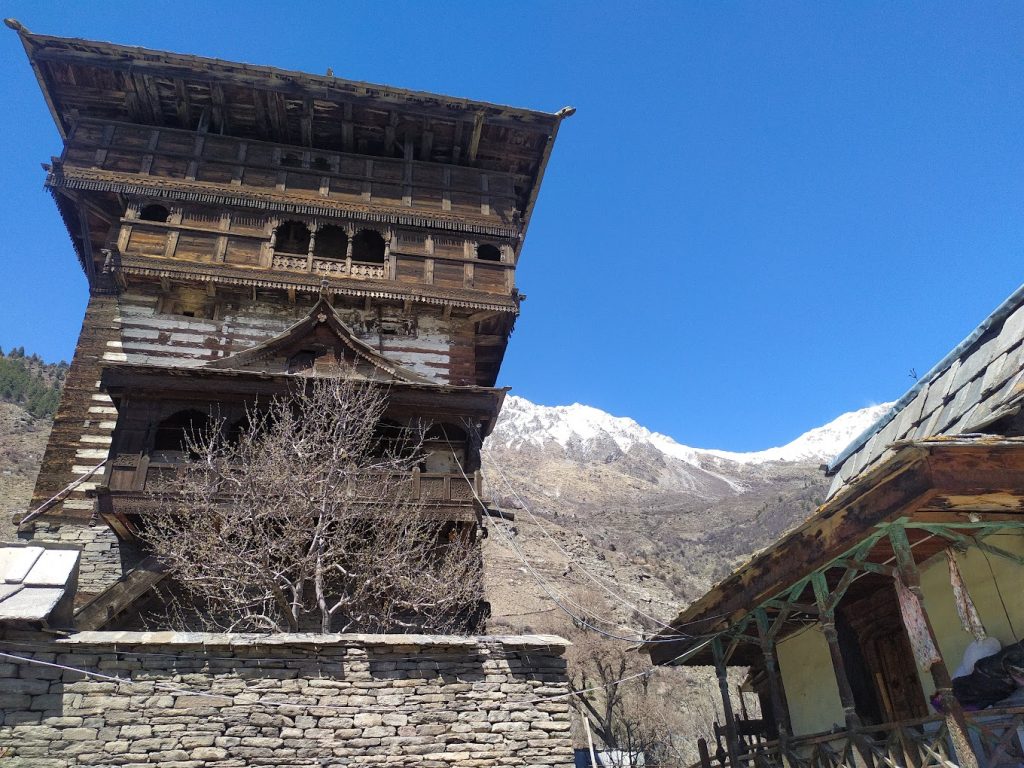
Kamru Fort served as a crucial outpost guarding the Spiti Valley against invaders from neighboring regions. Local legends speak of the fort being haunted, adding to its enigmatic aura. Kamru Fort offers stunning views of the Spiti Valley’s stark landscape, making it a captivating sight for visitors seeking off-the-beaten-path adventures.
How to Reach: Reaching Kamru Fort requires a spirit of adventure. The fort is located in the remote Kamru village in the Spiti Valley. The nearest major town is Kaza, approximately 40 kilometers away. From Kaza, you can hire a taxi or take a shared jeep to reach the village. The journey itself is an experience, offering breathtaking views of the Spiti Valley’s mountains and glaciers.
8. Kuthar Fort
Location: Kangra district, Himachal Pradesh
History: Perched atop a scenic hillock in the Kangra district, Kuthar Fort offers a captivating blend of history and natural beauty. Built by the Gurkha kings around 800 years ago, the fort’s strategic location provided a watchful eye over the surrounding valleys. Kuthar Fort boasts a unique blend of architectural styles, reflecting both the Gurkha and Rajput influences.
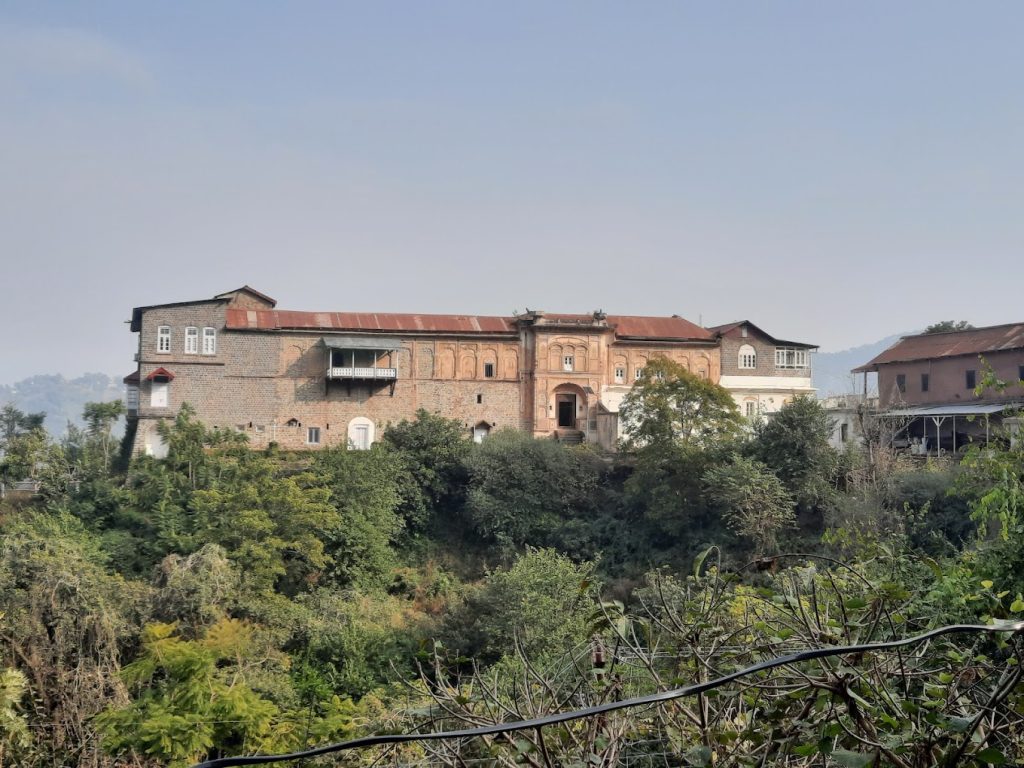
The fort complex comprises an outer wall with bastions, a courtyard, and inner chambers that once housed soldiers and served as storage areas. Within the fort lies a freshwater spring, a vital resource during times of siege. Kuthar Fort is not just a historical monument; it also offers breathtaking panoramic views of the Dhauladhar range, making it a popular spot for nature enthusiasts. Over the years, some newer sections have been added to the original structure, creating a fascinating juxtaposition of old and new.
How to Reach: Kuthar Fort is situated near the village of Kuthar in the Kangra district, making it easily accessible by road. From Shimla, it’s a scenic 52-kilometer drive, while Solan is approximately 33 kilometers away. You can take a taxi or avail yourself of the local bus network to reach the nearby town of Subathu. From Subathu, a short right turn from the main square leads you onto State Highway 9, taking you directly to Kuthar village. The fort is just a short walk from the village itself.
9. Kotla Fort
Location: Latehr, Himachal Pradesh
History: Standing tall on an isolated peak and shrouded in mystery is Kotla Fort. Built by the Guler Rajas sometime between the 11th and 16th centuries, the exact date of construction remains unclear. This hidden gem served as a strategic outpost guarding the Pathankot-Mandi route, a vital trade link in the region.
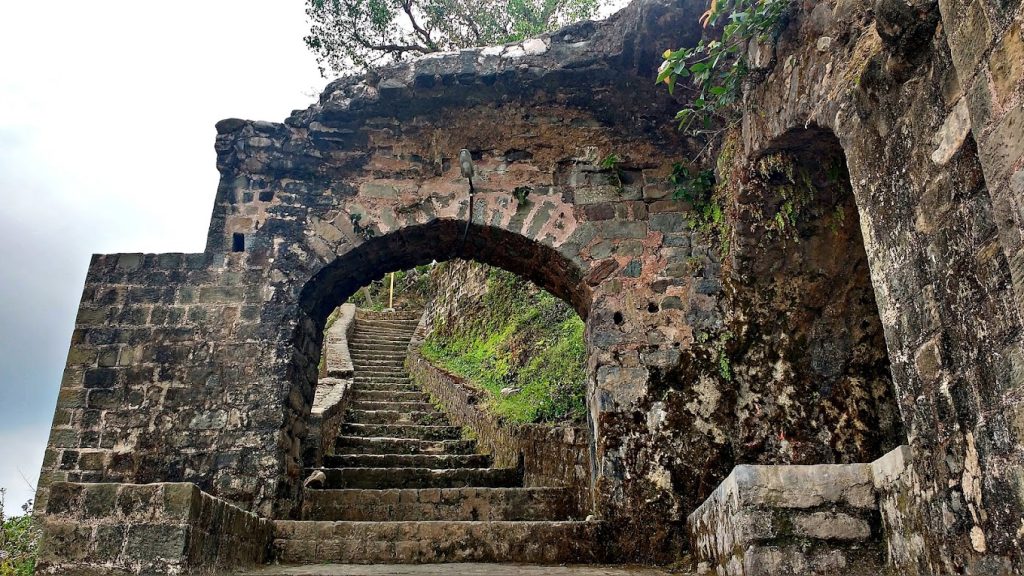
Kotla Fort boasts a fascinating structure with deep arches showcasing intricate craftsmanship. Traces of paintings and carvings are still visible on the remaining walls, offering a glimpse into the fort’s past grandeur. Three arches and niches stand defiantly amidst the ruins, adding to the fort’s unique character. Today, Kotla Fort lies in a relatively unexplored state, perfect for those seeking an off-the-beaten-path adventure.
How to Reach: Reaching Kotla Fort requires a bit of dedication. It’s situated near the village of Latehr, located on the Pathankot-Mandi road in Himachal Pradesh. From Pathankot, you can hire a taxi and ask the driver to take you to Latehr village. From the village, a moderately challenging uphill climb through dense pine forests leads you to the fort. The trek itself is a rewarding experience, offering glimpses of the surrounding valleys.
10. Nauni Fort
Location: Solan district, Himachal Pradesh (15 km from Solan)
History: Perched atop a hilltop overlooking the charming town of Solan, Nauni Fort served as a watchtower during times of invasion. The exact date of construction remains unknown, though some believe it dates back to the medieval period. Nauni Fort was not a large or heavily fortified structure. Its primary purpose was to keep a watchful eye on the valley below and alert nearby settlements of any approaching danger.
Today, the fort lies mostly in ruins, with only remnants of the outer walls and watchtowers remaining. However, the fort’s true charm lies in the breathtaking vistas it offers. On a clear day, you can enjoy panoramic views of the surrounding hills, the Solan valley, and even glimpses of the distant plains.
How to Reach: Nauni Fort is easily accessible from the town of Solan in Himachal Pradesh. It’s located approximately 15 kilometers away on the Solan-Rajgarh road. You can take a taxi or avail yourself of the local bus service to reach the base of the hill. From there, a short trek up the hill leads you to the fort’s ruins. The climb is relatively easy and suitable for most fitness levels.
11. Gondhla Fort
Location: Keylong Tehsil, Kinnaur district, Himachal Pradesh
History: Nestled amidst the majestic Himalayas in the remote Kinnaur district lies Gondhla Fort. The fort’s exact origin story remains shrouded in mystery, with some estimates placing its construction as early as the 7th or 8th century AD. Gondhla Fort served as a crucial outpost guarding the strategically important route leading into the Kinnaur Valley.
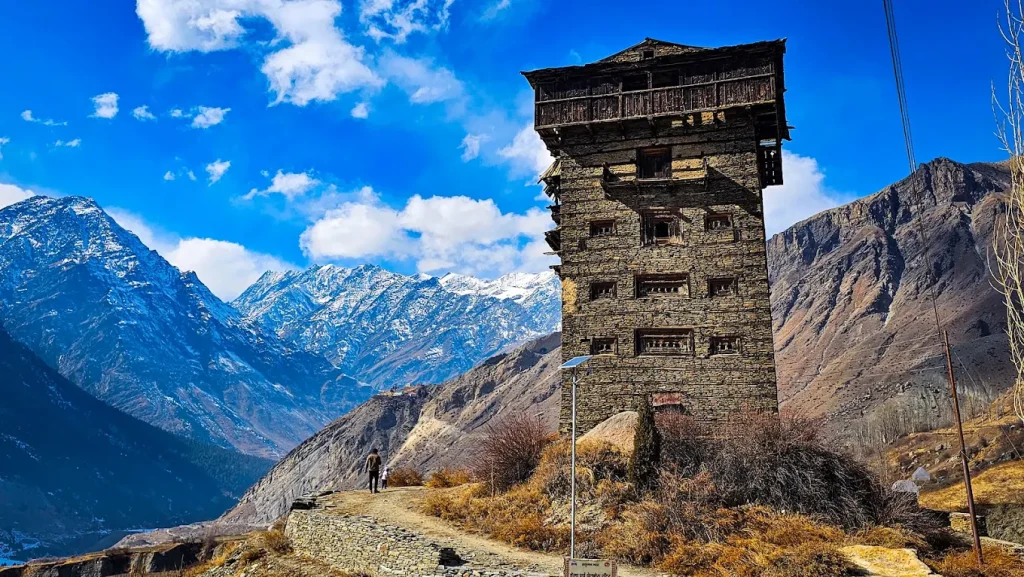
The fort’s architecture is simple yet effective, with strong stone walls and strategically placed watchtowers to keep an eye out for potential invaders. Today, Gondhla Fort lies in ruins, a testament to the passage of time. However, its remote location and the surrounding landscape’s stark beauty make it a captivating sight for those seeking an adventurous exploration of Himachal Pradesh’s lesser-known historical sites.
How to Reach: Reaching Gondhla Fort requires a spirit of adventure and proper planning. The fort is located in Keylong Tehsil, a remote region in the Kinnaur district. The nearest major town is Reckong Peo, approximately 80 kilometers away. From Reckong Peo, you can hire a taxi or a jeep to reach the village of Gondhla. The journey itself is an adventure, offering stunning views of the Kinnaur Valley and the surrounding mountains. Be sure to check weather conditions and road closures before embarking on this expedition.
Conclusion!
Himachal Pradesh’s forts stand as silent sentinels, whispering tales of a glorious past. As we explored these magnificent structures, we learned about their rich history, architectural marvels, and breathtaking landscapes. From the imposing Kangra Fort to the remote Gondhla Fort, each fort has its unique story to tell.
These forts are not just historical monuments; they are testaments to the resilience, strategic brilliance, and artistic heritage of the region.
So, on your next adventure to Himachal Pradesh, be sure to include a visit to one of these forts.

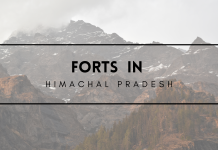


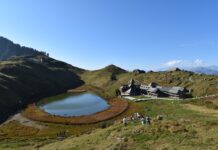

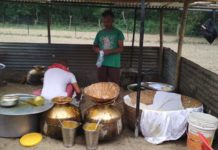



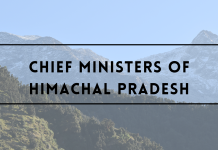

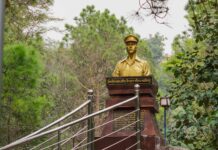
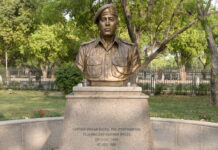

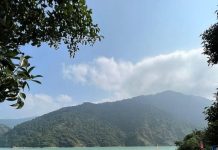
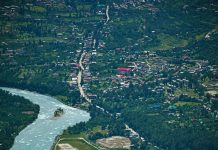
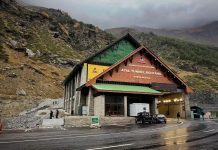

![Himachal Day: Read All About Himachal Pradesh day [15 April] Himachal Pradesh Day - BeingPahadia](https://www.beingpahadia.com/wp-content/uploads/2025/02/Himachal-Pradesh-Day-BeingPahadia-218x150.png)
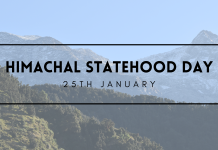



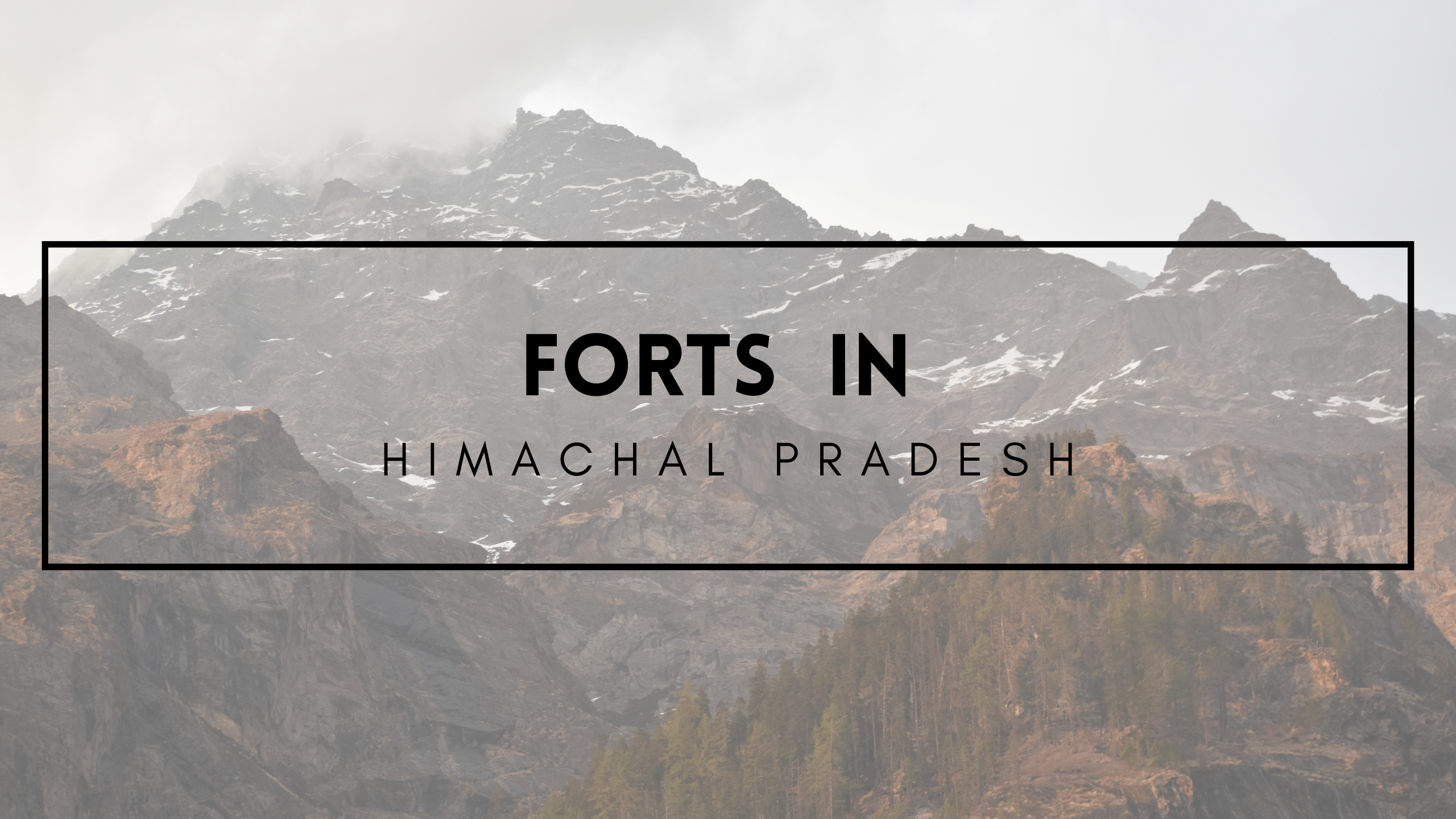
![Sidh Baba Balak Nath Shahtalai Temple in Deotsidh [Guide] Baba Balak Nath Temple Deotsidh](https://www.beingpahadia.com/wp-content/uploads/2023/04/Baba-Balak-Nath-Temple-Deotsidh-e1681616986690-100x70.jpg)

